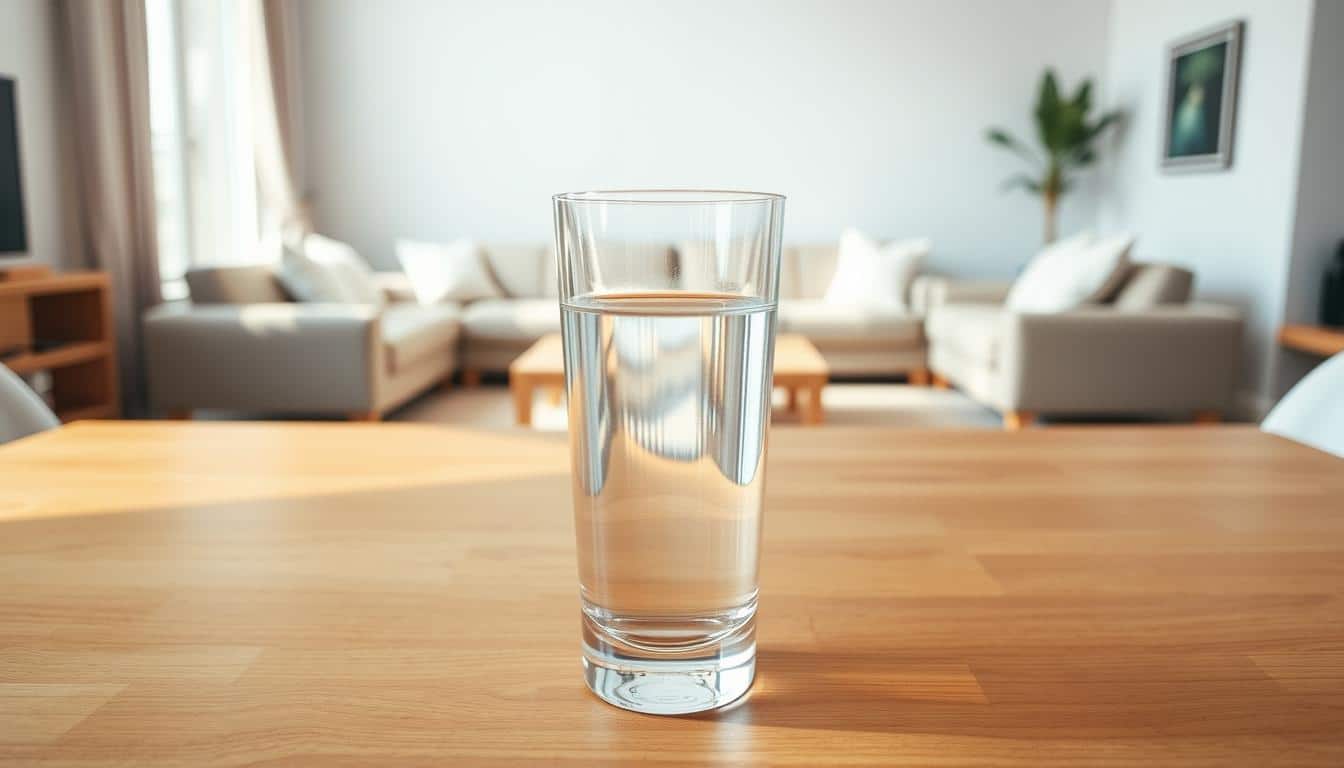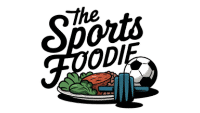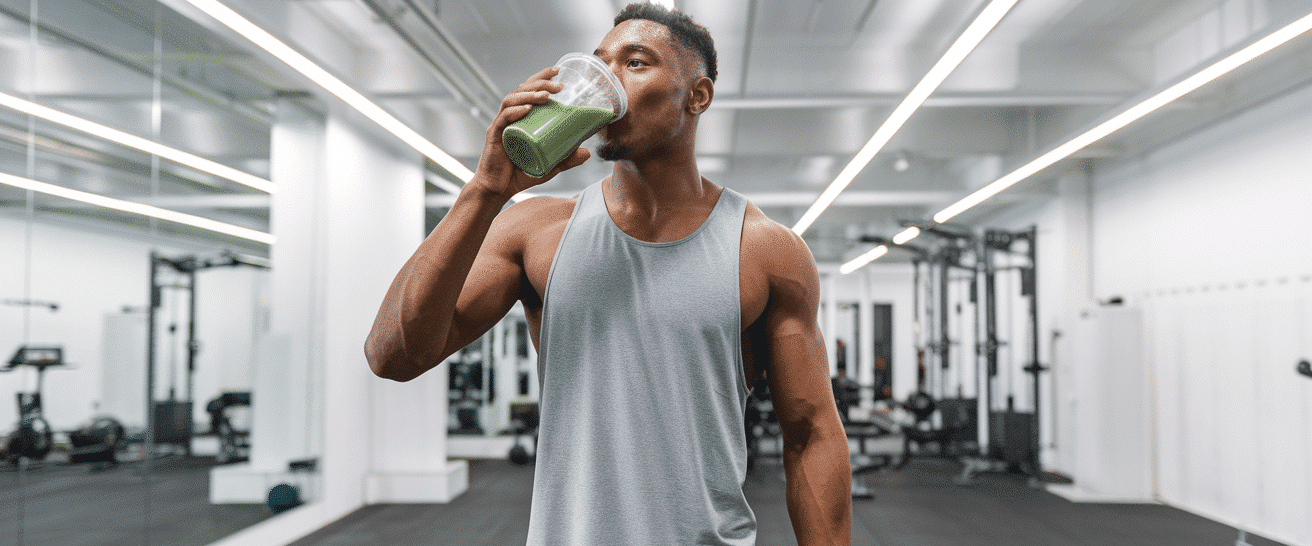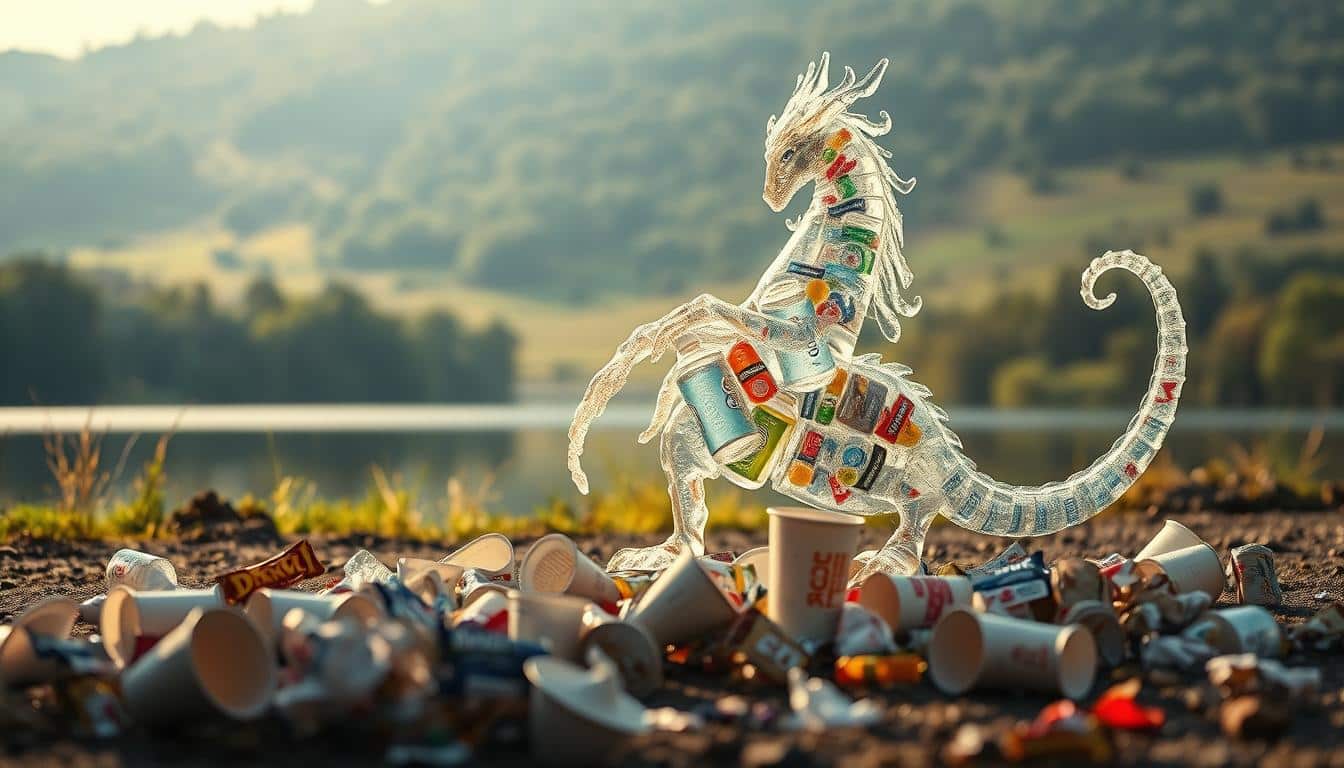When it comes to sports performance, staying properly hydrated is non-negotiable. Your body relies on water for everything—from regulating temperature to delivering nutrients. But how much do you really know about fluid intake? Spoiler alert: some of the “rules” you’ve heard might be holding you back.
Forget the outdated advice of chugging eight glasses a day. Your needs depend on your size, activity level, and even the weather. A simple trick? Check your urine color. Pale yellow means you’re golden; dark yellow is a sign to drink up. Let’s clear the air and focus on what truly works for your health and performance.
1. The Myth of Drinking 8 Glasses of Water Daily
You’ve probably heard the rule: drink eight glasses of water a day, but is it really that simple? This advice has been around for decades, but it doesn’t account for individual differences. Your fluid intake depends on factors like body size, activity level, and even the weather.

Why the 8-Glass Rule is Misleading
The eight-glasses-a-day rule is a one-size-fits-all approach that doesn’t work for everyone. For example, a construction worker in a hot climate needs much water more than someone working at a desk. Your sweat rate and body size also play a role. Tracking all fluids, including beverages like juice or smoothies, gives a better picture of your intake.
How to Determine Your Personal Hydration Needs
To figure out your needs, start with a simple calculation: divide your body weight in pounds by two. That’s the minimum number of ounces you should aim for each day. Another easy way to check is by monitoring your urine color. Pale yellow means you’re on track, while darker shades signal it’s time to drink up.
2. Liquid is Not the Only Way to Rehydrate
Hydration isn’t just about what you drink—it’s also about what you eat. Many foods are packed with water and can help you stay hydrated throughout the day. Adding these to your diet is a simple way to boost your fluid intake without chugging water.
Hydrating Foods You Should Include in Your Diet
Some fruits and vegetables are over 90% water, making them perfect for staying hydrated. Watermelon and cucumbers are great examples—they’re refreshing and easy to pack for a workout or a busy day. Soups and stews also count, contributing up to 20% of your daily fluids.
Here’s a quick tip: toss cucumber slices or watermelon chunks into your gym bag for a hydrating snack. Or, whip up a chilled gazpacho after a workout—it’s a delicious way to refuel and rehydrate at the same time.
The Role of Sodium in Hydration
Sodium often gets a bad rap, but it’s essential for retaining fluids, especially during intense workouts. A pinch of salt can help your body hold onto water, preventing dehydration during long sessions. Just avoid salty snacks like chips—they’ll leave you thirstier than ever.
Pair high water foods with electrolytes after heavy sweating for the best results. This combo keeps you hydrated and energized, helping you recover faster and perform better.
3. Thirst Does Not Always Mean Dehydration
Feeling thirsty doesn’t always mean you’re dehydrated—let’s break it down. Your body sends thirst signals for various reasons, and it’s important to understand what they’re telling you. While thirst is often linked to dehydration, it can also be triggered by other factors like spicy foods, medications, or even certain medical conditions.
Understanding Thirst Signals
Thirst is your body’s way of saying it needs fluids, but it’s not always a sign of dehydration. For example, after a spicy meal or hot yoga session, you might feel thirsty even if you’re well-hydrated. This is a temporary response to heat or spice, not a crisis.
Here’s a quick guide to help you interpret thirst signals:
- Thirsty after hot yoga? Normal. Always parched? It’s time to investigate further.
- Buffalo wings making you guzzle water? That’s just a temporary reaction to spice.
- Some blood pressure medications can trick your brain into feeling thirsty—check with your doctor if this happens often.
Medical Conditions That Affect Thirst
Chronic thirst can sometimes signal underlying health issues. For instance, diabetes medications can cause false thirst signals, making you feel thirsty even when you’re not dehydrated. Similarly, thyroid or kidney problems might lead to constant dry mouth or excessive thirst.
If you’re always thirsty, don’t panic—but do pay attention. Here’s what to look for:
- Listen to your body, but remember: mild thirst doesn’t mean a crisis.
- Constant dry mouth? It could signal diabetes—get checked ASAP.
For more insights on how to stay on top of your fluid intake, check out this guide on hydration myths in sports.
4. The Risk of Overhydration
Believe it or not, drinking too much water can be just as dangerous as not drinking enough. While staying hydrated is crucial, overdoing it can lead to serious health issues. Your body needs a balance of fluids to function properly, and tipping the scales can have severe consequences.
What is Hyponatremia?
Hyponatremia occurs when your sodium levels drop too low due to excessive water intake. This imbalance can cause symptoms like nausea, confusion, and muscle weakness. In extreme cases, it can even be life-threatening. Marathon runners and endurance athletes are particularly at risk because they often drink large amounts of water without replenishing electrolytes.
Who is at Risk for Overhydration?
Certain conditions make overhydration more likely. Ultra-marathoners, for example, should space their water intake and use electrolyte tabs to maintain balance. Kidney patients also need to be cautious, as their body struggles to process excess fluids. Always follow your doctor’s advice if you have specific fluid restrictions.
Here’s how to avoid overhydration:
- Balance water with electrolytes during long workouts or events.
- Watch for warning signs like a pounding headache and clear urine.
- If you’re at higher risk, consult a healthcare professional for personalized guidance.
5. Coffee and Hydration: A Surprising Truth
Coffee lovers, rejoice—your morning ritual might be more beneficial than you think. Contrary to popular belief, moderate coffee consumption can contribute to your daily fluid intake. Let’s explore how your favorite brew fits into a balanced diet and what you need to know to stay on track.
How Coffee Affects Your Hydration Levels
Good news for java junkies: 1-3 cups of coffee daily won’t dehydrate you. While caffeine is a mild diuretic, its effect is minimal when consumed in moderation. Your body adapts to regular caffeine intake, reducing its impact on fluid loss over time.
If you’re new to caffeine, start slow to avoid potential side effects like jitters or increased bathroom trips. For seasoned coffee drinkers, your morning cup counts toward your daily fluid goals. Pairing espresso with water is a pro move—it balances hydration and keeps you feeling fresh.
Moderation is Key
Stick to a maximum of 3 cups daily to enjoy the benefits without overdoing it. Cold brew is a great option for those with sensitive stomachs—it’s less acidic and easier to digest, especially before workouts.
Here’s a quick guide to smart coffee habits:
- Limit yourself to 3 cups daily for optimal balance.
- Chase every espresso shot with 4oz of water to stay hydrated.
- Choose cold brew for a gentler option during intense training.
By enjoying your coffee in moderation, you can fuel your day without compromising your hydration.
6. Sports Drinks: Are They Necessary?
Sports drinks are everywhere, but do you really need them for every workout? While they’re marketed as essential for athletes, they’re not always the best choice. Understanding when and how to use them can save you money and improve your performance.
When to Use Sports Drinks
Sports drinks shine during intense, prolonged physical activity. If you’re pushing through a 60-minute CrossFit session or running a marathon, they can help replenish lost electrolytes and carbs. However, for most gym sessions or casual exercise, water is all you need.
Here’s a quick guide:
- Save the neon drinks for game day or high-intensity workouts.
- For shorter sessions, stick to water—it’s simple and effective.
- Pair sports drinks with salty snacks like pretzels to balance sodium levels.
Alternatives to Sports Drinks
If you’re looking for natural alternatives, coconut water is a great option. It’s packed with potassium and lacks the added sugars found in many sports drinks. Another budget-friendly choice? Water with a pinch of salt and a splash of orange juice for a DIY electrolyte mix.
Here are some easy swaps:
- Coconut water: A natural source of potassium and hydration.
- Water + salted almonds: A quick, cheap way to refuel.
- Pickle juice shots: Perfect for stopping cramps post-game.
By choosing the right alternatives, you can stay fueled without relying on sports drinks for every workout.
7. Water is Not Always the Best Rehydration Method
Severe dehydration requires more than just H2O. While water is essential, there are times when it’s not enough to restore your body’s balance. Knowing when to step up your game can make all the difference for your health.
When Water Alone Isn’t Enough
If you’re dealing with vomiting diarrhea or intense physical exertion, water won’t cut it. These situations drain your body of essential electrolytes, and plain water can’t replace them. Instead, grab oral rehydration salts or electrolyte solutions to replenish what’s lost.
Here’s what to do:
- Post-marathon zombie mode? You need medical-grade rehydration.
- Can’t keep liquids down? Head to the ER for IV fluids—it could save your life.
- Dark yellow urine and no pee breaks? Call your doctor immediately.
Medical Interventions for Severe Dehydration
In cases of severe dehydration, medical interventions like IV fluids are crucial. These treatments deliver fluids and electrolytes directly into your bloodstream, bypassing your digestive system. This is especially important if you’re experiencing confusion, dizziness, or other serious symptoms.
Here’s a quick guide to when medical help is needed:
| Symptom | Action |
|---|---|
| Confusion or dizziness | Seek immediate medical attention for IV fluids. |
| Inability to keep liquids down | Visit the ER for professional care. |
| Dark yellow urine | Consult a doctor to assess your condition. |
Keep pediatric electrolyte solutions in your medicine cabinet for emergencies. Your health is too important to leave to chance.
8. Conclusion
Your body knows best—let’s listen to it. Forget the one-size-fits-all water rules. Instead, craft a plan that works for you. Check your urine color and sweat rate to gauge your needs. Pale yellow? You’re on track. Darker? Time to drink up.
Remember, food hydrates too! Load up on watery fruits and veggies like watermelon and cucumber. They’re refreshing, easy to pack, and keep you fueled throughout the day.
When in doubt, consult a sports nutritionist. They can help you create a personalized plan for optimal health and performance. Stay mindful, stay hydrated, and keep thriving!


